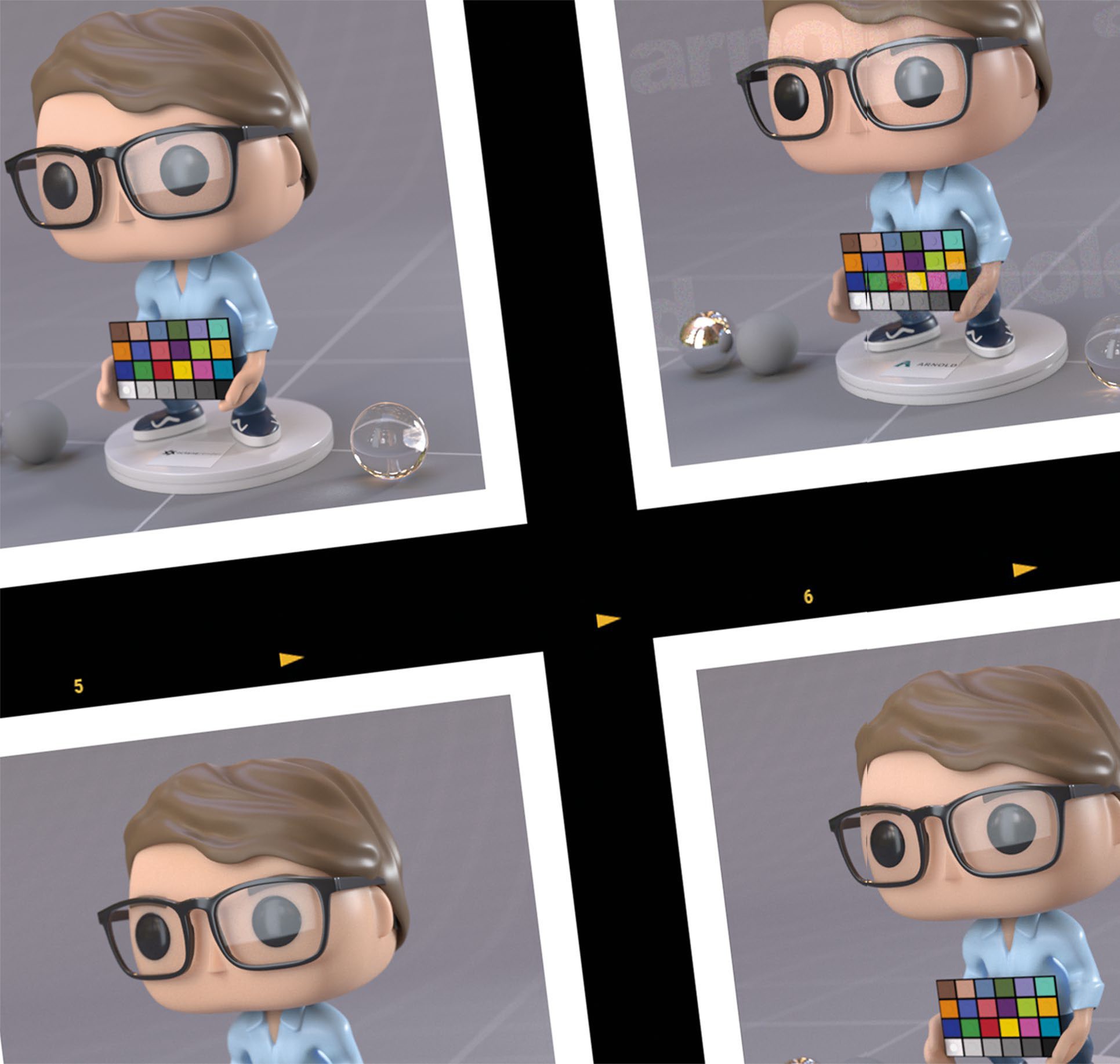BUYER’S GUIDE
WHICH RENDERER IS RIGHT FOR ME?
We test and compare five of the most popular 3D renderers to help you find the one that best fits your needs
Written by Joost Spek (@3dpicnic)

Left: We can test and compare the different options by taking a look at how they render this Funko Pop-inspired likeness of myself!
Over the last decade 3D rendering software has evolved rapidly.
While they are great tools for 3D artists, it can be a bit challenging to find the right one for your work. Just when you’re getting comfortable with Octane you hear great stories about Redshift, see an awesome animation rendered with Arnold, or a stunning photoreal interior made with Corona. New features added by one are soon copies of others. So does it really make such a big difference?
I tested five of the most popular 3D renderers for Cinema 4D to find out what the real differences are. Since not all artists have a dedicated 3D workstation, I decided to use a MacBook for this test. Apple computers seemed like a no-go with the shift to GPU rendering. Apple has abandoned OpenCL and Nvidia hardware, but their own GPU framework Metal enables very good graphics performance, and the new Silicon Macs have shaken up the processor market with their amazing speed.
For this comparison I rebuilt the same scene and tried to match the outcome as best as I could. The results were surprisingly similar in both quality and speed.
DO I REALLY NEED A THIRD-PARTY RENDERER?
Short answer? Yes! Cinema 4D already comes with three renderers built in: Standard, Physical and ProRender, so why invest time and money in learning a new tool? The reason is it will save you a lot of time. The Standard renderer can be helpful for nonphotoreal results but is not very suitable for other purposes. The Physical render engine, released in 2011, was meant to solve this problem and can actually produce pretty good results, but it comes with a steep learning curve and render times can easily get very long.